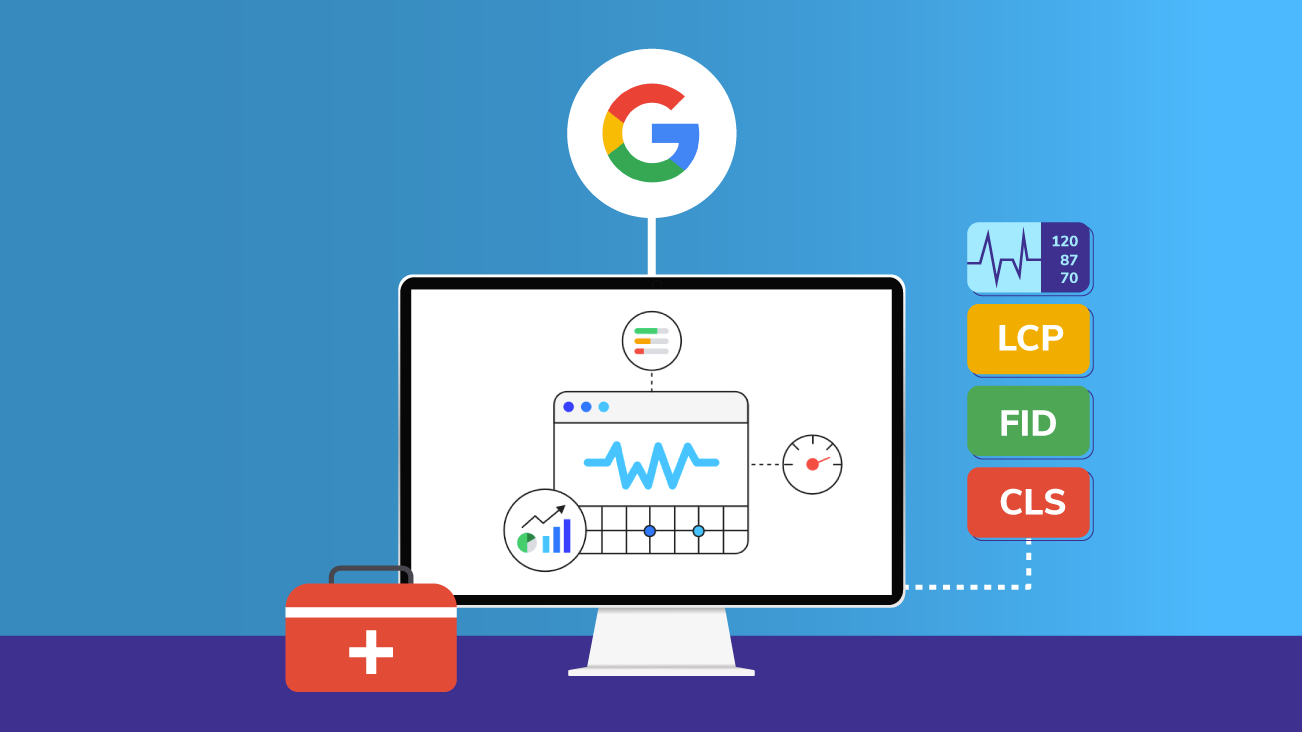Google on Checking your Page Experience Factors

Google shares valuable insight on how to check if your site is meeting the page experience update criteria.
In a newly posted instalment shared as part of Google’s Getting Started With Page Experience YouTube series, the company has offered help and advice about non-Core Web Vitals experience factors and how to check if your site is meeting them.
The Page Experience update began rolling out back in June 2021 and as Google explains, its ranking factors are grouped into two categories.
Those categories are Core Web Vitals and everything else.
The focus for the recent video was the latter; everything else and specifically for SEO’s it walks through the process of checking for factors that, in addition to Core Web Vitals are important in providing users with the best possible experience, they are:
- Mobile friendliness
- HTTPS usage
- Intrusive interstitials
Here are the broad strokes for each of those factors, and how to check how well your pages are performing against each of them.
Mobile Friendliness
There is a specific list of issues with the potential to impact the user experience on mobile devices, all are contained under this title.
Sites built with a modern, responsive design will probably tick all the boxes for being mobile friendly, however Google will look at things like text size, links that are big enough to be easily tapped and a range of other major signs that a site might not be optimised for mobile devices.
Google recommends the following for helping to ensure mobile compatibility:
- Scaling content to the right size when people open your site on mobile devices
- Setting a minimum width and height for any elements designed to be tapped
HTTPS usage
HTTPS is very much an either/or scenario. Sites either utilise HTTPS or they don’t. Those that do, pass the check, those that don’t, well you get the idea...
One important point to note from the video however is the worthwhile task of confirming that the rel=”canonical” is set to the HTTPS version of your domain, as well as ensuring all non-HTTPS traffic is redirected to any HTTPS versions of URLs.
Intrusive interstitials
Popups, if excessive can have a significant impact on the page experience, Google definitely recommends avoiding covering an entire webpage with something that bears no relevance to that page’s content.
Ads should not disrupt the things a user is trying to accomplish and users shouldn’t be required to dismiss an interstitial in order to interact with a page.
There are however, exceptions. These requirements don’t apply to interstitials that are used for legal reasons, cookies, subscription paywalls and user logins.
You can see the full video about the first steps to getting a great page experience below:





Comments